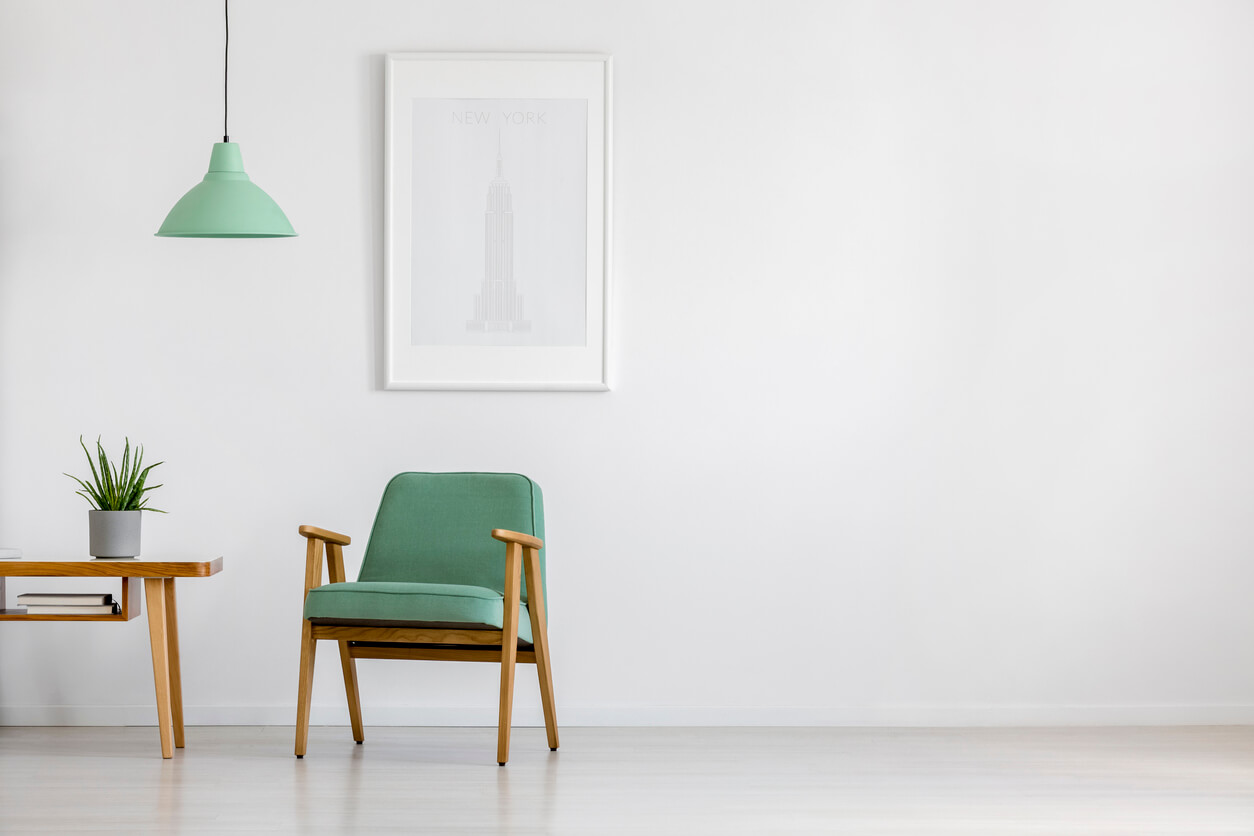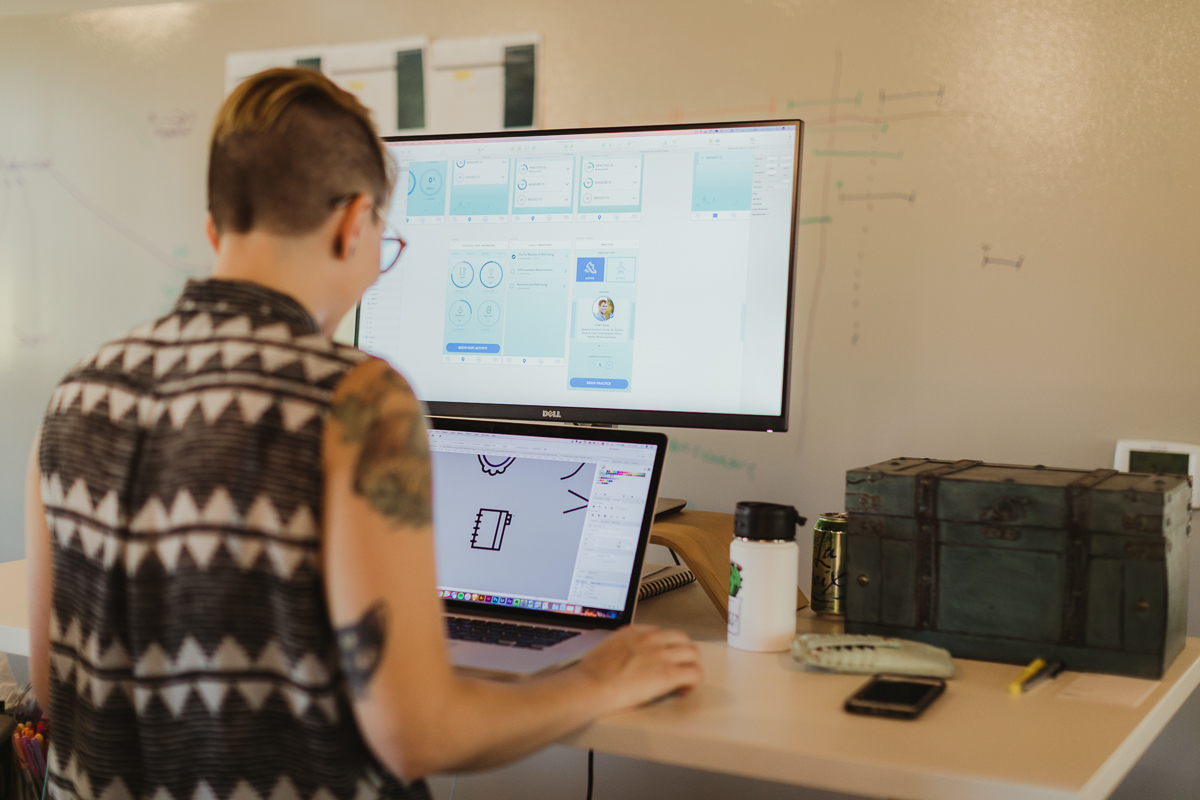You’ve probably heard of the Netflix show “Tidying Up,” where Marie Kondo works with families to help them organize and declutter their homes. While watching the show, I couldn’t help noticing the parallels with software design.
Kondo’s method is a step-by-step approach to decluttering your life. I think many of her ideas are actually grounded in design thinking! I know that I’ve worked through a similar process when designing mobile and web application.

Step 1: Imagine the Future
Kondo says to focus on imagining your ideal future and who you want to be in that future.
So, how does this relate to design? At Atomic Object, we put a lot of value on the first kickoff meeting for every project. This meeting facilitates knowledge transfer from the client to our design and development teams.
We’ve also noticed that some of the exercises in this meeting can help align the client team around what they want for the future. What’s more, they help our team understand those goals so we can refine and iterate on them as we work through the design process.
Step 2: Keep Only What You Use and Love
Next, Kondo recommends sorting through all of your possessions by category (clothing, papers, etc.), keeping only the essentials that spark joy. The sweater that your mom bought you that doesn’t fit you right? Get rid of it! The dress that you love but always gets pushed to the back of your closet? Bring it forward where it can be worn!
How does this relate to design? As a designer, it’s important to prioritize features based on users’ needs. However, it can be impossible to prioritize features if we try to implement every feature that every user wants.
It is always important, especially with budget-constrained MVPs and project rewrites, to determine which features we really love, which we would like to implement, and which we don’t want to “bring into the future with us.” I try to think critically—which features are essential to move us toward our desired outcome? Which features are necessary for project adoption?

Step 3: Organize Similar Items Together
Kondo’s method details ways to cherish and maintain the items that you are keeping after you’ve sorted through all of your belongings. You should think critically about how you are storing these items, ensuring that each one has a place in your home. If you love books and want to keep many of them, make sure you have shelves to display them. If you love sewing, create a designated storage area where you can maintain your projects.
One of Kondo’s suggestions that I really like is the idea of organizing similar items together. This is important at home as it keeps you from buying duplicates or having to move between different rooms of the house to complete one task.
When designing an application, it’s also helpful to organize items by category and use. Similarly to keeping a home, this approach keeps users from having to bounce between screens, and it helps them identify all of their options on a given screen at a single glance.
Step 4: Store Items Transparently
Kondo also recommends storing items in a way that allows you to see everything at once. If you’re storing items in a drawer or on a bookshelf, avoid stacking, which hides items stored underneath. If you’re storing small items in a container, the container should be transparent so that you can easily see what is inside of it. She also recommends grouping small items together in containers-within-containers.
This idea of transparency can also be applied to design. Especially when designing for something small, like a mobile app, or a dashboard homepage, users should know what is in their screens without having to go digging.
Marie Kondo is a master of organizing the home. Applying her methods more broadly to the field of software design uncovers some exciting parallels. What other Marie Kondo tips would you apply to software design?

